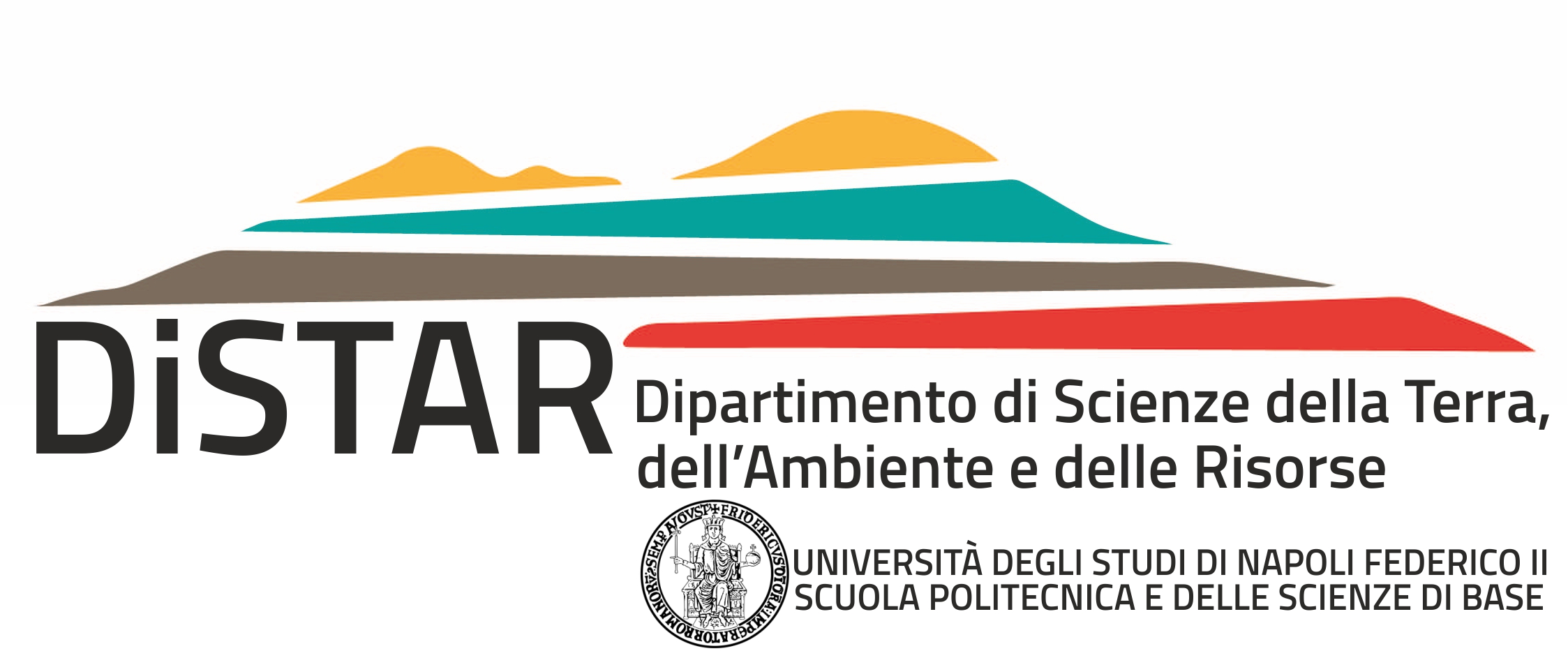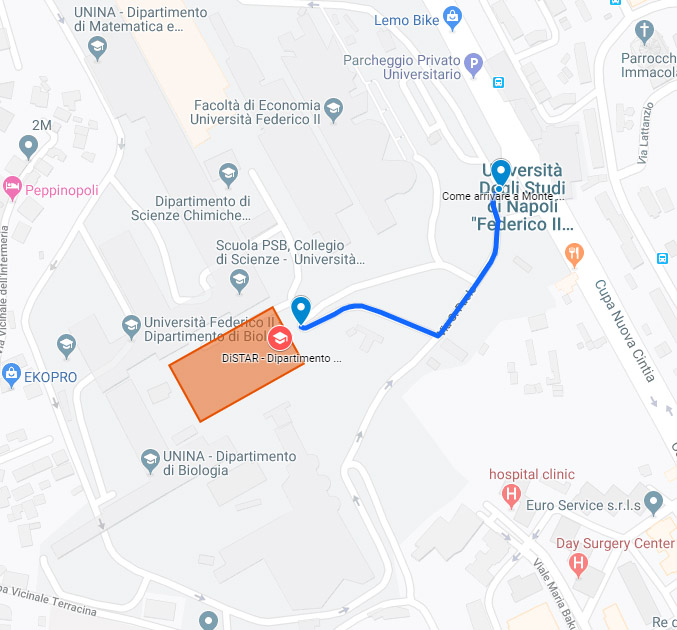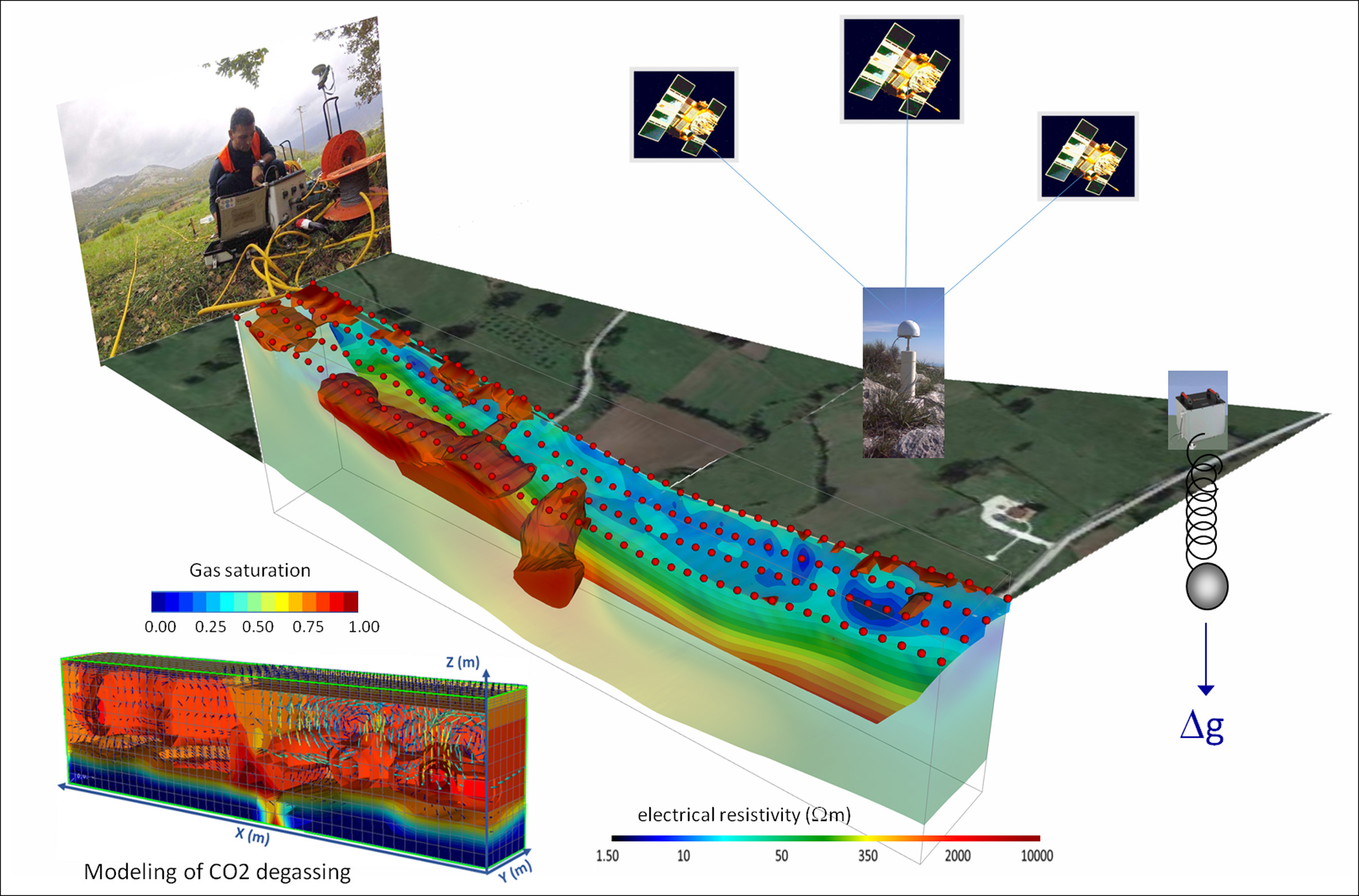
Geophysical exploration and modelling of natural hazards
Post-Graduates: Eleonora Vitagliano, Claudio De Paola, Mauro La Manna, Rolando Carbonari, Payal Rani, Rosanna Salone, Roberto Manzo
The research activity is developed into two main paths:
- Subsoil exploration for the study of shallow and deep geological and/or anthropic structures
- Modelling of natural phenomena for the assessment of hazard scenarios associated with earthquakes, volcanic eruptions, hydrogeological instabilities, land subsidence, as well as soil and groundwater contamination.
The research activity in the field of subsurface exploration is mainly focused on the use of geoelectric and electromagnetic prospecting methods for the characterization of anomaly sources in different application fields, while the modeling of phenomena of natural and/or anthropic origin is developed both through the integration and interpretation of data of different nature and through the use of numerical methods of geophysics and statistical physics.
Main research topics:
- Geophysical methods (geoelectric, magnetometry, GPR, FDEM, TDEM) applied to hydrogeological, engineering, geo-environmental and archaeological issues
- Development of new techniques and tools for integrated interpretation of microgeophysical (geoelectric, GPR) and thermographic data for the estimation of the state of conservation of architectural structures
- Development of geophysical data inversion methods based on spectral analysis and global optimization techniques for the complete characterization of single and multiple anomaly sources
- Electroseismic effects for the detection of possible precursors of seismic or volcanic events.
- Simulation of complex natural phenomena (i.e., landslides and volcanic eruptions) through self-organized criticality models and cellular automata
- Hydro-geophysical modeling for the estimation of soil and groundwater contamination and simulation of fluid propagation
- Velocity and attenuation models from seismic noise recordings in volcanic environments
- Modeling and monitoring of soil surface deformation phenomena through the integration of geodetic (GNSS, SAR), geological, hydrological and climatic data
- Modeling and simulation of the dynamics of hydrothermal and geothermal systems through continuous magnetotelluric and gravity measurements.
National Collaborations:
- Dipartimento di Ingegneria Civile, Edile e Ambientale, Università di Padova
- Dipartimento di Ingegneria Industriale, Università di Padova
- Dipartimento di Scienze della Terra e dell’Ambiente, Università di Pavia
- Dipartimento di Matematica e Fisica, Università Roma TRE
- Dipartimento di Fisica, Università di Napoli Federico II
- Dipartimento di Ingegneria Civile, Edile e Ambientale, Università di Napoli Federico II
- Dipartimento di Ingegneria Industriale, Università di Napoli Federico II
- Dipartimento di Fisica E. Caianiello, Università di Salerno
- Dipartimento di Geoingegneria e Tecnologie Ambientali, Università di Cagliari
- INGV Sezione Osservatorio Vesuviano di Napoli
- Istituto Superiore per la protezione e la Ricerca Ambientale, Servizio Geologico d’Italia
International Collaborations:
- Department of Environmental and Natural Resources Engineering, Technological Educational Institute of Crete, Chania, Crete, Greece
- School of Environmental Engineering, Technical University of Crete, Crete, Greece
- Deltares, Institute for Applied Research in the Field of Water and Subsurface MH Delft, The Netherlands
- Department of Earthquake Engineering, Tarbiat Modares University, Tehran, Iran
- College of Earth, Ocean, and Atmospheric Sciences, Oregon State University, Corvallis, Oregon
- École et Observatoire de Sciences de la Terre, University of Strasbourg, France
- Institute de Physique du Globe, Strasbourg, France
- Grupo de Investigación Geodesia de la Universidad Complutense de Madrid, Madrid, Spain
- GFZ German Research Centre for Geosciences, Potsdam, Germany
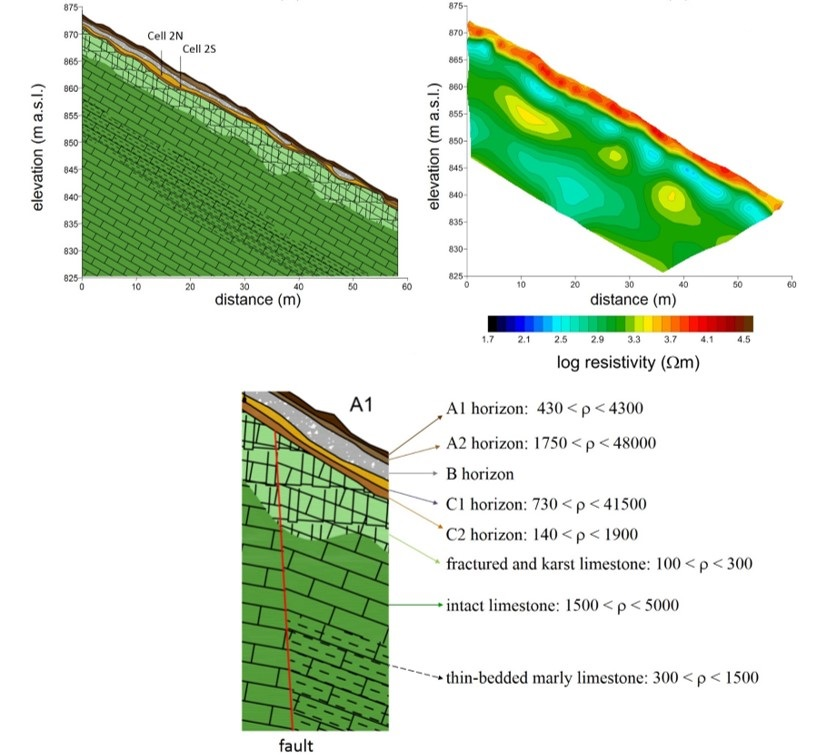
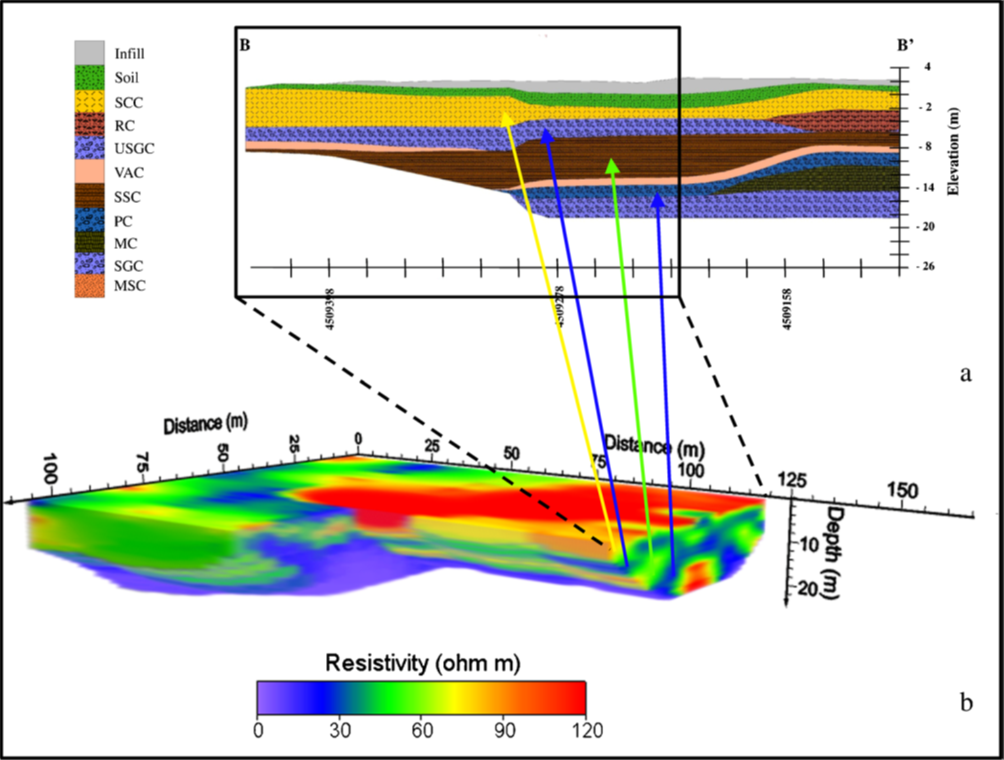
Fig. 2. Correlation between geoelectrical and hydrogeological layers
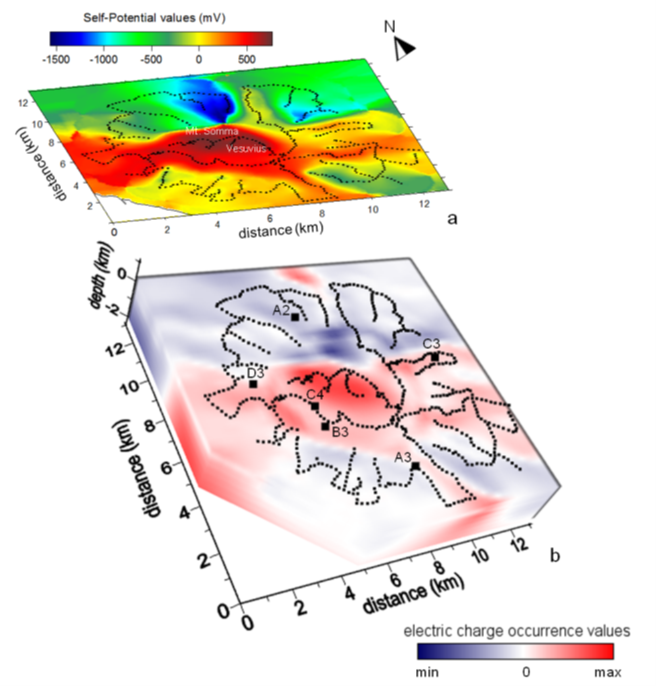
Fig. 3. a) Spontaneous Potential (SP) map of the Mt. Somma-Vesuvius volcanic area (Naples, Italy); b) volume of the inverted SP data.
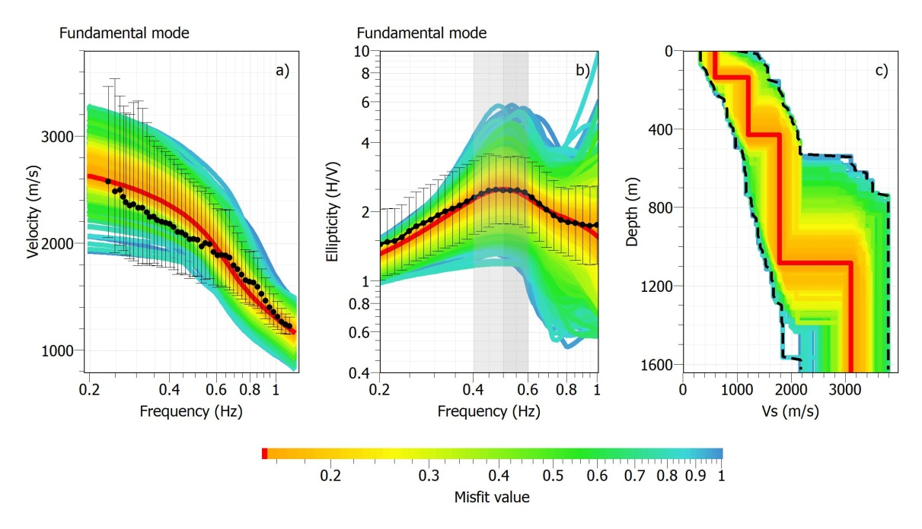
Fig. 4. Ischia island (Naples, Italy): 1D seismic velocity model from the diffuse wave field of seismic noise (c). Results of joint inversion of dispersion data (a) and average H/V spectral ratio (b).
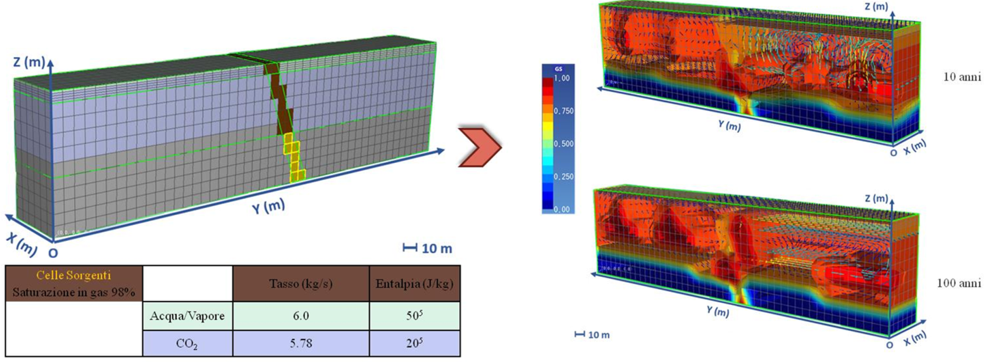
Fig. 5. Simulation of CO2 degassing in an active fault zone.
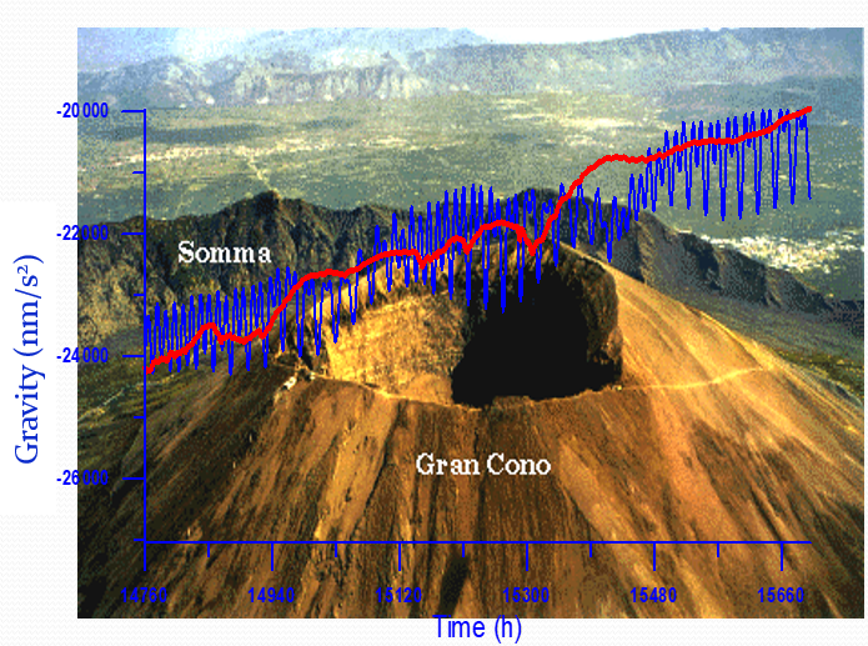 Fig. 6. Gravity record (blue curve) collected on Mt. Vesuvius (Naples, Italy) and residual gravity change (red curve) after removing gravity signal due to tides and meteo-marine effects.
Fig. 6. Gravity record (blue curve) collected on Mt. Vesuvius (Naples, Italy) and residual gravity change (red curve) after removing gravity signal due to tides and meteo-marine effects.
